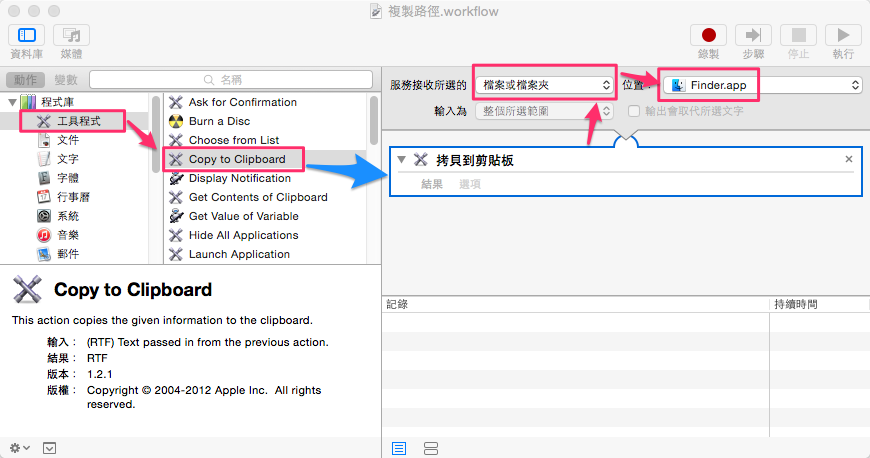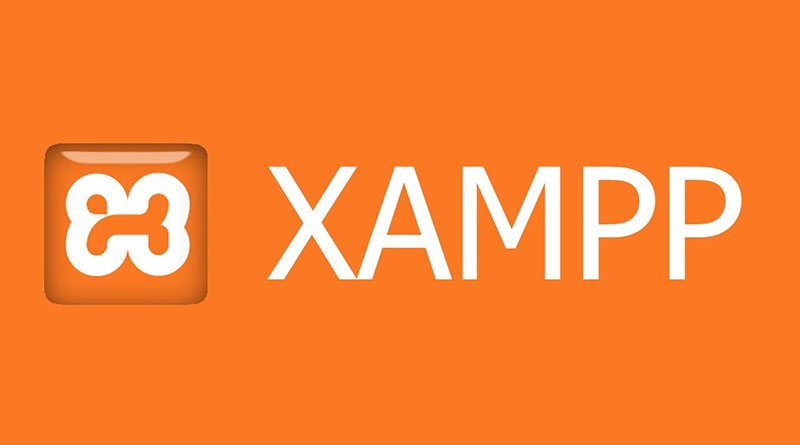

- #Xampp for mac os x yosemite how to
- #Xampp for mac os x yosemite install
- #Xampp for mac os x yosemite driver
- #Xampp for mac os x yosemite full
- #Xampp for mac os x yosemite password
Run the Xampp installer and open the Xampp control panel Make sure that you enable the Apache and MySQL services On mac you need to click "Start" on the Home tab, "Enable" on the Network tab and "Mount" on the Location Tab. The package includes the Apache web server, MySQL, PHP, Perl, a FTP server and phpMyAdmin.
#Xampp for mac os x yosemite install
XAMPP is a very easy to install Apache Distribution for Linux, Solaris, Windows, and Mac OS X. An easy to install Apache distribution containing MySQL, PHP, and Perl. Everything you need to set up a web server – server application (Apache), database ( MySQL), and scripting language. It is a simple, lightweight Apache distribution that makes it extremely easy for developers to create a local web server for testing purposes. XAMPP stands for Cross-Platform (X), Apache (A), MySQL (M), PHP (P) and Perl (P). south jersey high school basketball rankings.
#Xampp for mac os x yosemite driver
Micron 2210 driver qanx coin price ebay cattleya schilleriana for sale

Type the following command in the Terminal: On a side note, the dscacheutil is interesting in general and worth taking a look at, try the -statistics flag instead for some stats. Launch Terminal and issue the following command:Īll done, your DNS has been flushed. Flush DNS Cache in Mac OS X 10.5, Mac OS X 10.6

#Xampp for mac os x yosemite full
bash_profile, then typing “flushdns” would prevent having to use the full command string in the future. A simple bash alias for flushing cache could be this:Īlias flushdns='dscacheutil -flushcache sudo killall -HUP mDNSResponder' bash_profile or in the profile of your shell of choice. One helpful trick if you find yourself flushing the DNS frequently is to setup an alias for that command string in your. You can also find that process running in Activity Monitor. Note the dscacheutil still exists in 10.7 and 10.8, but the official method to clear out DNS caches is through killing mDNSResponder. Launch Terminal and enter the following command, you will need to enter an administrative password: Flushing DNS Cache in OS X Lion (10.7) and OS X Mountain Lion (10.8) If you notice, it combines killing mDNSResponder with the standard dscacheutil, making it a two step process to first, flush cache, then reload the DNS handling in OS X so that the changes take effect.
#Xampp for mac os x yosemite password
You will need to enter the admin password for this task to complete.
#Xampp for mac os x yosemite how to
Rere is how to flush the DNS cache in 10.9:ĭscacheutil -flushcache sudo killall -HUP mDNSResponder You can read much more about resetting and flushing DNS cache in OS X Yosemite here if you’re interested. Sudo discoveryutil mdnsflushcache sudo discoveryutil udnsflushcaches say flushed Running Yosemite? Clearing DNS caches in OS X Yosemite has changed again, split into MDNS and UDNS or combined like we’ll use below, here’s the command that is needed: Sudo killall -HUP mDNSResponder Clearing DNS Cache in OS X 10.10 Yosemite Sudo killall -HUP mDNSResponder Flushing DNS Cache in MacOS 10.12, 10.11 newerįor Sierra, El Capitan, and newer Mac OS releases: With macOS Monterey, Big Sur, and newer, you can use the following command line string to flush DNS cache: Flush DNS Cache in MacOS Monterey 12, macOS Big Sur 11 Launch that app first and then you can just copy and paste the commands in if you’d like. Remember, each of these commands must be entered into the command line, by way of the Terminal applications (found in /Applications/Utilities/ in all version of Mac OS X).


 0 kommentar(er)
0 kommentar(er)
